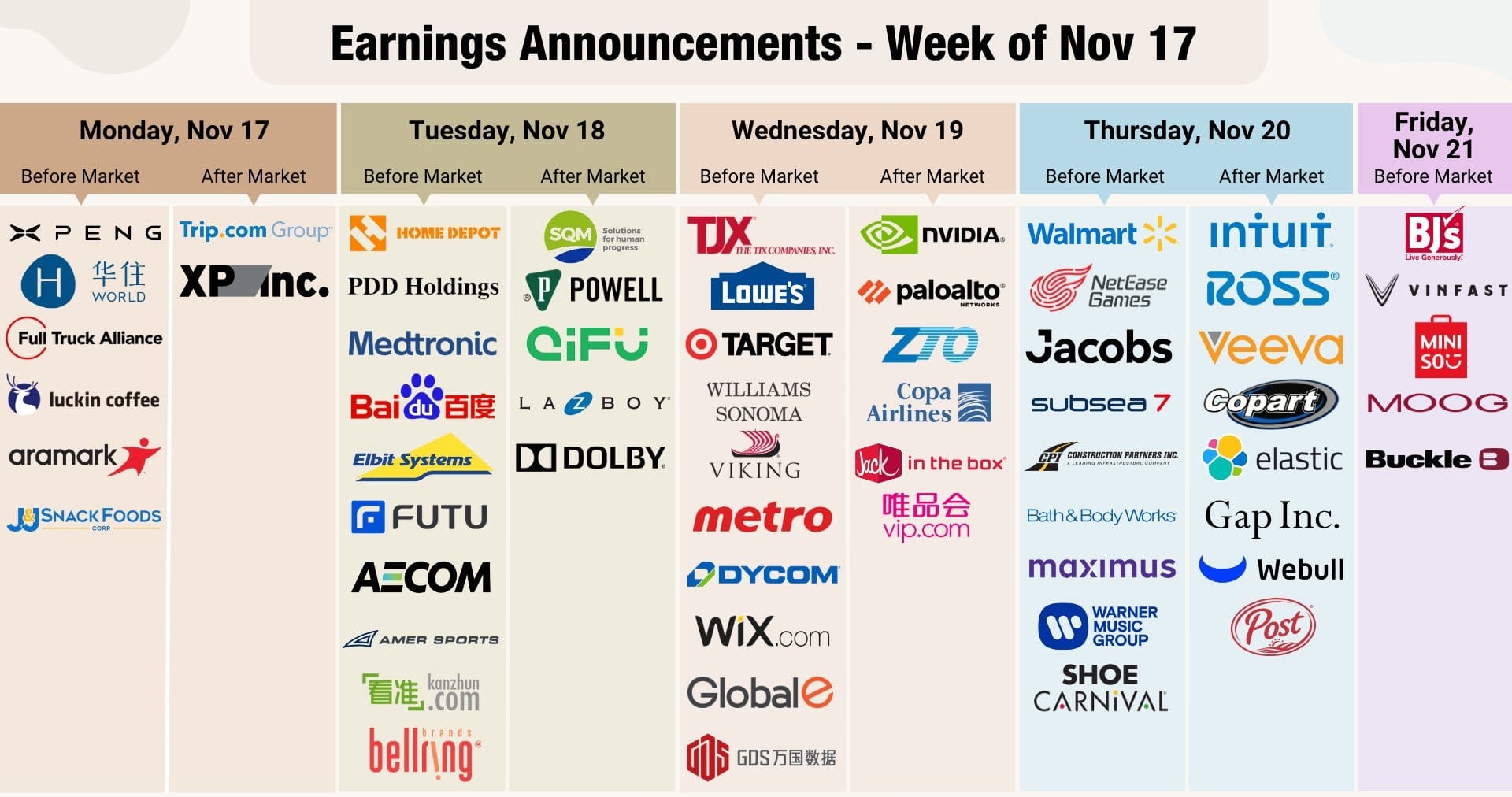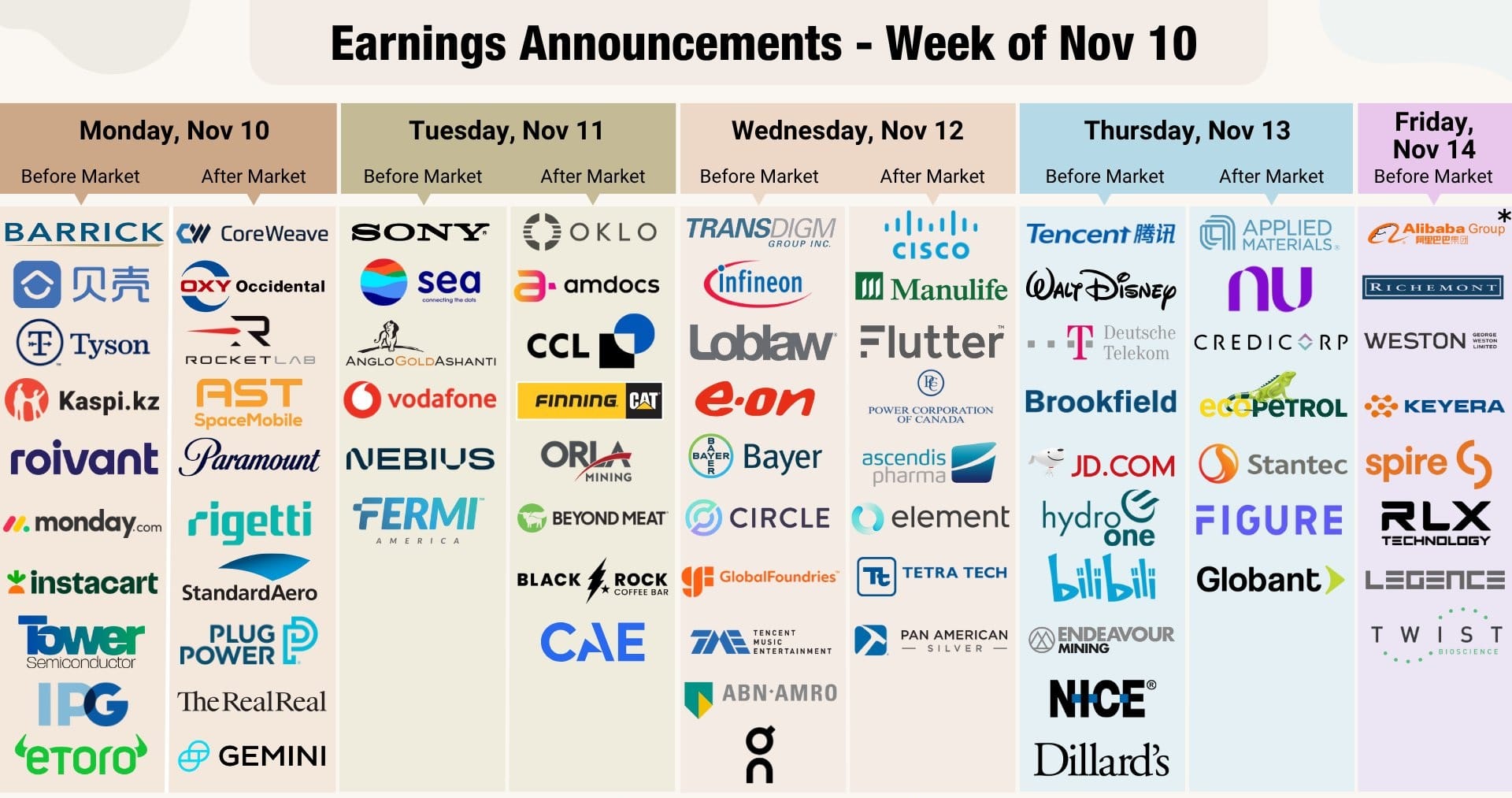Introduction
North America Market Recap and Economic Outlook: Investors entered August with cautious optimism as equity markets in the U.S. and Canada pushed toward record levels, supported by strong corporate earnings, resilient consumer spending, and growing speculation about potential Federal Reserve rate cuts later this year. While stocks show strength, bond markets remain volatile as inflation data looms large. Commodities and forex markets reflect both the push and pull of geopolitical risks and central bank policy signals.
This report delivers over 5,200 words of detailed Stock Market Analysis, incorporating up-to-date US Inflation Data, sector performance, and macroeconomic developments. It provides actionable insights for institutional investors, market strategists, and business leaders navigating a complex financial environment.
Market Recap: Equities, Bonds, Commodities, and Forex
Equities: Tech Drives Record-Breaking Momentum

- Nasdaq Composite closed above 21,450, marking another all-time high and logging its 18th record close of the year.
- S&P 500 gained 0.8% on the week, with a 2.4% advance across five sessions.
- Dow Jones Industrial Average added 0.5% Friday and finished the week 1.3% higher.
Key Drivers of the Rally:
- Technology megacaps led the charge, with Apple posting a 10% weekly gain on strong quarterly results and robust demand in AI-powered devices.
- Alphabet climbed sharply on cloud revenue growth and continued AI integration across services.
- Positive earnings surprises from firms in travel, biotech, and software bolstered market breadth.
- Rate-cut optimism encouraged institutional buying, especially in growth sectors.
Bonds: Yields Remain Elevated but Manageable
- 10-Year Treasury yield hovered near 4.27%, moving within the 4.2–4.3% range for most of the week.
- 2-Year yield remains above 3.75%, reflecting market caution ahead of inflation reports.
- Bond market sentiment has been tempered by mixed auction demand, with recent sales of Treasury notes drawing weaker participation.
Investor Takeaway:
- Current yield levels are historically high compared to the past decade but not yet restrictive enough to fully derail equity valuations.
- The yield curve remains slightly inverted, signaling caution on long-term growth prospects.
Commodities: Energy Prices Stabilize, Gold Holds Support
- Brent crude oil traded near $67 per barrel, while WTI crude held around $64 per barrel.
- Gold prices steadied at approximately $3,400 per ounce, supported by hedging demand amid tariff and geopolitical uncertainties.
- Industrial metals such as copper saw modest gains on hopes of stronger manufacturing demand.
Forex: U.S. Dollar Sees Subdued Strength
- U.S. Dollar Index (DXY) stood near 102.6, showing modest appreciation over the past week.
- EUR/USD traded around 1.1650, under slight pressure from divergent U.S.–EU rate outlooks.
- USD/JPY moved higher toward 147.8, supported by yield differentials and ongoing Bank of Japan easing.
Implications:
- A stable dollar eases pressure on U.S. exporters while maintaining purchasing power for importers.
- Currency moves are closely tied to interest rate expectations; upcoming U.S. CPI data could shift forex sentiment sharply.

Key Economic Data and Events Ahead
- U.S. Consumer Price Index (CPI) for July is expected to show a 0.2% monthly rise, with core inflation forecast at 3.0% year-over-year.
- Producer Price Index (PPI) and Retail Sales reports will help clarify the inflation-consumption balance.
- Federal Reserve rate decision expectations center on a September cut, though the Fed has signaled data dependency.
- Global trade policy developments—including new U.S. tariffs on Indian goods—remain a wildcard for supply chains and commodity prices.
Corporate Highlights
- Apple: Surged on strong earnings and optimistic forward guidance, emphasizing AI-driven product innovation.
- Alphabet: Reported robust cloud revenue growth and expanding AI integration across platforms.
- Tesla: Announced strategic adjustments in AI chip development to focus on scalable inference solutions.
- Gilead Sciences and Expedia: Delivered earnings beats, highlighting strength in biotech and travel sectors.
- Under Armour: Warned of tariff-related headwinds impacting 2025 revenue, with plans to offset via premium pricing.
Geopolitical and Policy Factors
- Investor sentiment has shifted slightly from tariff concerns to broader economic health, although trade disputes continue to inject volatility.
- The U.S. government’s policy direction on fiscal spending, taxation, and energy remains a focus for capital markets.
- Developments in U.S.–Russia and U.S.–China relations are being closely monitored for potential commodity market impacts.
Canada’s Economic Snapshot
- GDP Growth: Canada’s Q2 GDP expanded at a 1.4% annualized rate, supported by resilient consumer spending and service sector growth.
- Inflation: Headline CPI for June slowed to 2.5% year-over-year, down from 2.8% in May, aligning with the Bank of Canada’s target range.
- Employment: July saw a net gain of 27,000 jobs, keeping the unemployment rate at 6.0%. Youth unemployment remains elevated at over 12%.
- Monetary Policy: The Bank of Canada has signaled a readiness to lower rates later in the year if inflation stays on a sustained downward path.
Frequently Asked Questions
Q1: What is driving North American stock markets higher?
Tech sector outperformance, strong earnings, and expectations of Federal Reserve rate cuts are fueling gains.
Q2: Are bond yields hurting equity markets?
While yields are elevated, historical resilience and expectations of monetary easing have mitigated negative effects on stocks.
Q3: How likely are Federal Reserve rate cuts?
Markets price in a high probability of cuts by September, contingent on softer inflation data.
Q4: What is the outlook for the Canadian economy?
Moderate GDP growth, easing inflation, and a stable labor market suggest gradual policy easing is possible in late 2025.
Conclusion
North American markets are navigating a complex mix of optimism and caution. Equity strength, particularly in technology and growth sectors, reflects confidence in corporate earnings and potential rate relief. Bond and forex markets remain sensitive to inflation data, while commodities find stability amid shifting geopolitical currents.
Investors should maintain a balanced approach—leveraging opportunities in outperforming sectors while hedging against potential policy and economic surprises.













